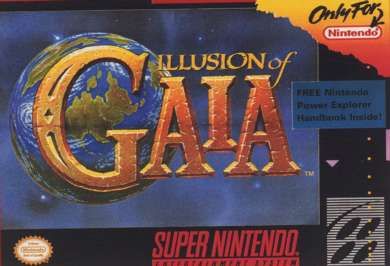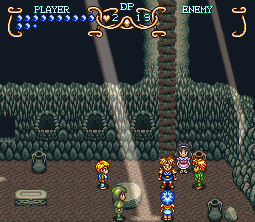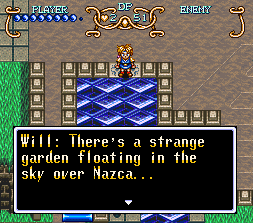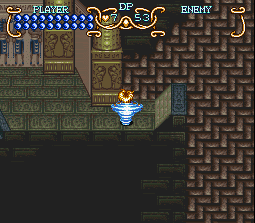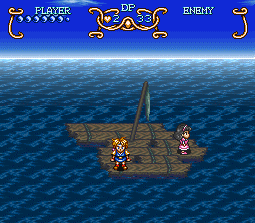
Publisher: Interchannel
Developer: Hudson Soft
Consoles: TurboGrafx-16
The black Bomberman has attacked the city, stolen the electricity circuitry chips, and fled. It's up to the white Bomberman to chase him down and bring him to justice! ...Yeah. That's the plot for Bomberman '93.
I'm not saying plot shouldn't be allowed in a Bomberman game; hell, I really loved the plot and characters of Bomberman 64. It's just... why don't they make new chips? Or find another power source? Why does one lone Bomberman have to travel to seven different planets to help out one city? Good thing the plot isn't very important in this game.

This game plays like nearly any Bomberman game before 64. Small hallways in a grid shape with bombs that blow up in a cross shape, destructable blocks that hide powerups and the exit, enemies that must be destroyed before you can pass... It's all standard Bomberman gameplay. Plays like the very original NES classic, with a bright, colorful, almost anime-style graphical upgrade. The game looks great, and plays well. The levels, meanwhile, follow the basic "each world is a different element" example that was often seen in classic games - water, fire, ice, etc.
However, the game can at times be frustratingly difficult. With enemies that can can walk through blocks, may take multiple hits to kill, or speed up when you're in their line of sight, it can become controller-throwing infuriating. I know, because I have done this. You can grab power-ups that give you more bombs, increase the firepower of those bombs, turn your bombs into remote bombs to detonate when you want, allow you to kick your bombs once placed, give you an extra hit point, give you an extra life, make your Bomberman faster, and give you the ability to walk through walls or bombs... But once you die, you don't get two hits of health on the next life, you don't get back the ability to use remote bombs, to kick bombs, or to walk through walls or bombs. And it's EASY to die, either by a runaway enemy or by simply standing too close to one of your explosions.

The music is hit or miss, more or less. There's some songs that are awesome, simply amazing. There's others that make you wanna rip your own ears off. Sound effects are few and far between - pretty much just explosions, and maybe when you pick up a power-up or kill the last enemy. Just be prepared for mainly music.
The bosses? They have NOTHING to do with the story. Find its weakness, kill it, and get a power chip. And some of these bosses? They're REALLY stupid...

Meanwhile, five man multiplayer is pretty badass. Playing against one friend is alright, it becomes very strategic and thought out. Playing against FOUR friends becomes mayhem, and there's bombs everywhere. It doesn't quite live up to the ten man multiplayer of the Sega Saturn Bomberman, but it's still highly enjoyable, especially back when it was made in 1993.

The game is simply straight up Bomberman. If you have friends to play multiplayer with, it's a blast. If you play it solo, you'll probably only play it until you beat it and then never want to touch it again, instead revelling in the satisfaction of conquering it.




